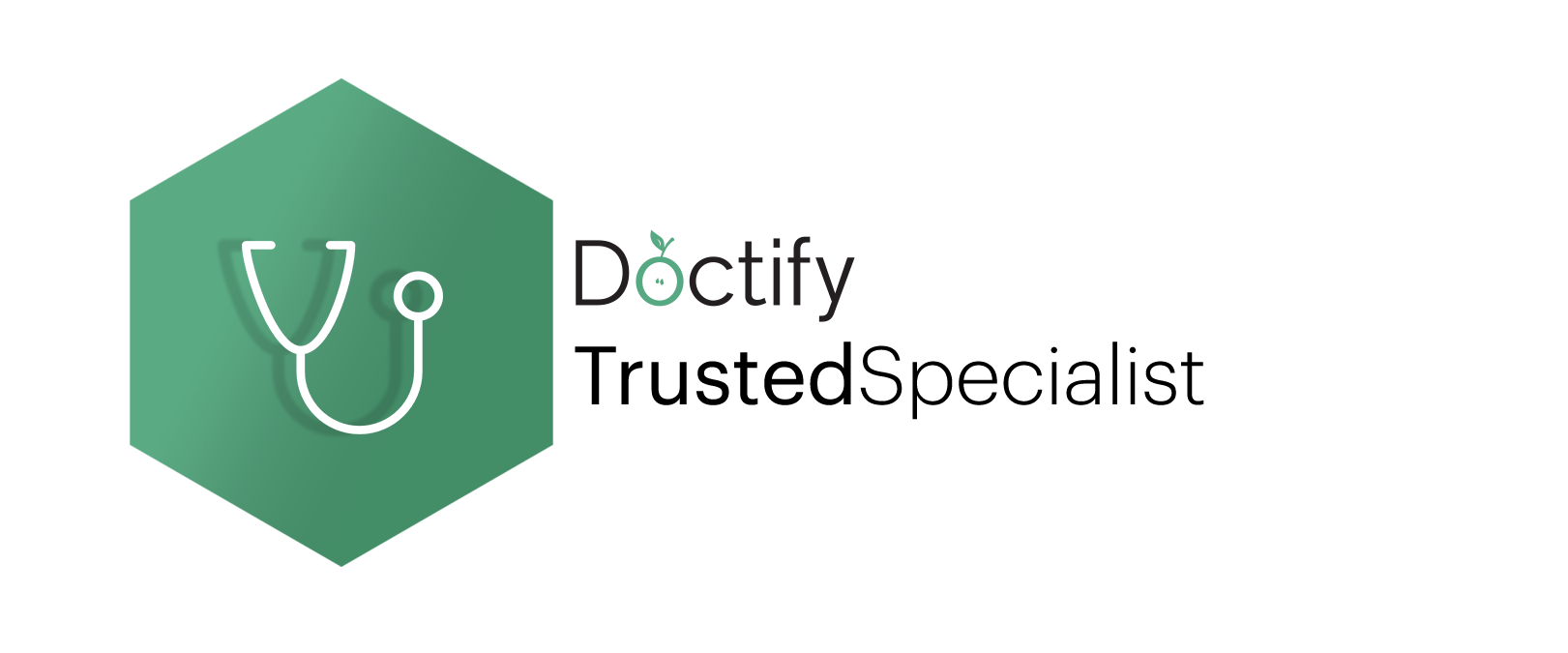What the endocrine system does for you

I think it’s fair to say that - until something goes wrong - most people know very little about the medical field of endocrinology and are unlikely to have met the endocrinologists who diagnose and treat any hormone imbalances that arise in the major glands of the endocrine system.
These glands play a massively important part in our bodies as they produce chemical messengers in the form of hormones. It is these hormones that regulate our body’s metabolism, immunity, sexual development, reproduction, growth, sleep and homeostasis (the body’s ability to maintain a balance of internal functions). With 30 hormones in the human body, the endocrine system is far reaching - you might be surprised to know that it even plays a role in labour as it stimulates contractions during delivery.
The word “endocrine” comes from “endo” meaning “within” and “crinis” meaning “secrete” and the 8 hormone secreting glands of the endocrine system are:
- The adrenal glands which sit like a cap on top of each kidney. The outer layer of each gland is called the cortex which produces cortisol and the inner layer is the medulla which produces adrenaline. Between them they regulate the body’s metabolism, its water and salt balance and its adaptation to stressful situations.
- The hypothalamus’s prime function is homeostasis (see above). The size of an almond and situated in the brain, it helps with body temperature and makes you feel hunger and thirst. It also governs sleep, mood and sex drive.
- The pancreas produces digestive enzymes which help your body to break down carbohydrates, fats and proteins. It’s also responsible for producing small groups of endocrine cells that secrete insulin and glucogon which maintain blood glucose (sugar) levels. About 6 inches long, it sits across the back of the abdomen.
- The parathyroid glands - there are four of these (about the size of a pea). They sit behind the thyroid gland and secrete parathyroid hormone which regulates calcium and phosphate levels in your body.
- The pineal gland secretes melatonin which regulates our sleep pattern; it is a small pine cone shaped organ which sits deep in the rear portion of your brain.
- The pituitary gland is considered the most important part of the system as it makes hormones controlling several other glands. The size of a pea, it is situated at the base of the brain behind the nose. The anterior pituitary produces signals that regulate thyroid, adrenal and ovary/testes function and also growth hormone and prolactin which stimulates milk production and milk release in nursing mothers. It also produces a hormone called vasopressin which regulates salt and water balance and oxytocin that plays a role in labour as it stimulates contractions during delivery.
- The thyroid gland is a butterfly shaped gland which wraps around the front and sides of your windpipe. It plays a major role in growth, metabolism and development and controls your energy and stamina.
- The reproductive glands: the ovaries are responsible for producing oestrogen and progesterone; the testes are responsible for producing testosterone
All of these glands are referred to as endocrine glands as they release hormones directly into the body without ducts. (By contrast exocrine glands such as the salivary and sweat glands excrete their products through ducts)
The endocrine system will secrete hormones at higher than usual levels in response to stress. This is done to enable the body to quickly energise and adapt. One example of this is the release of adrenaline to increase the volume of blood pumped out by the heart into the skeletal muscles.
Although every effort is made to ensure that all health advice on this website is accurate and up to date it is for information purposes and should not replace a visit to your doctor or health care professional.
As the advice is general in nature rather than specific to individuals Dr Vanderpump cannot accept any liability for actions arising from its use nor can he be held responsible for the content of any pages referenced by an external link.










